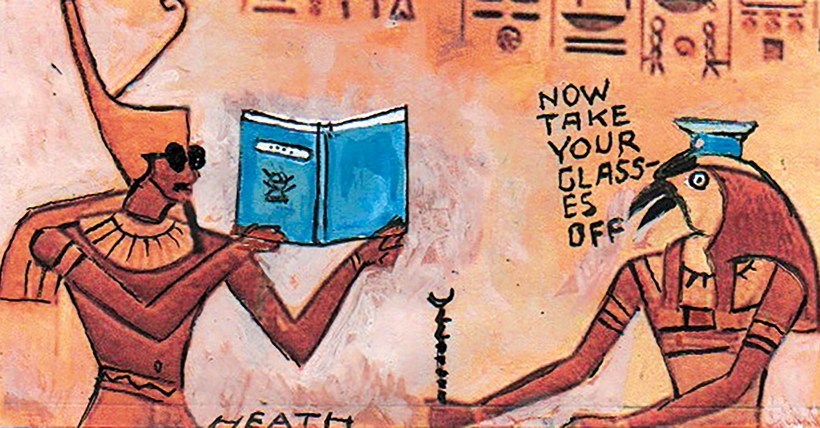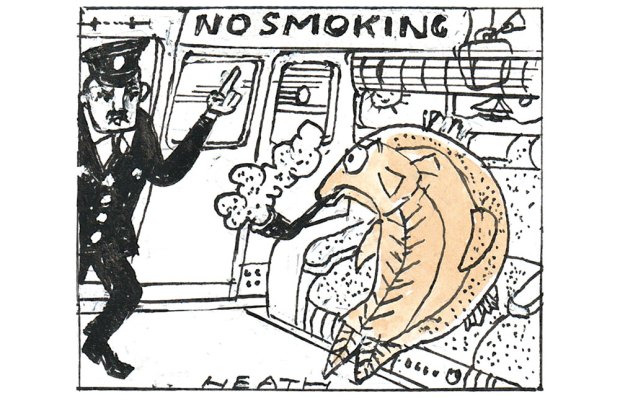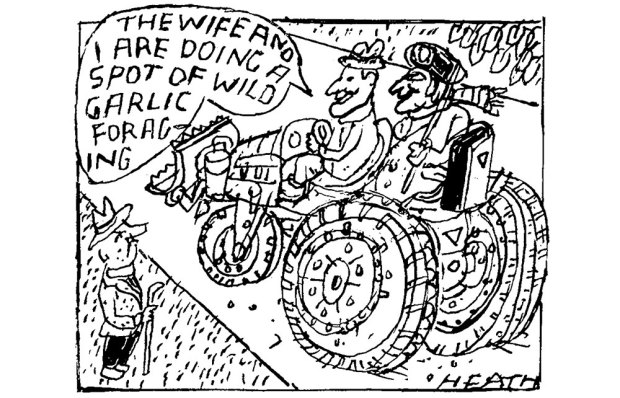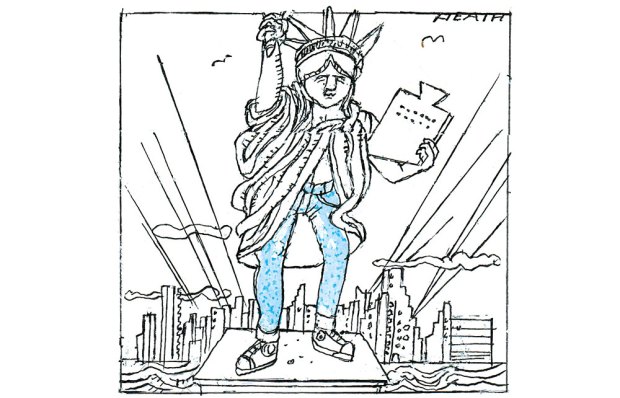The Egyptologist Sir J. Gardner Wilkinson interprets drawings in a tomb in Thebes as persons queuing up to have passports issued to them in 1500 BC. This was a millennium before Nehemiah asked King Artaxerxes in the Bible for ‘letters to be given me to the governors of the province beyond the river that they may let me pass through until I come to Judah’. How did we get from the roll of papyrus to the technically complex booklet we use today?
The basic components of a passport are facilitation and control — enabling the holder to travel while dictating what they can do. William the Conqueror would refuse his King’s Licence to persons who owed him feudal dues or if they were his enemy. It is safer to keep enemies in the kingdom than let them go abroad and return with an army.
As travel became more popular, passport issuing passed to government departments. In 1830, to obtain a passport from the Foreign Office you needed to know the foreign secretary personally, know somebody who did, or provide a letter of recommendation from a bank of good repute. You then paid a fee equivalent to a housemaid’s annual salary and received a foolscap sheet with a royal crest and signed by the foreign secretary himself. If you were working class you didn’t bother with passports, you just travelled.
The European passport system was imposed wherever the Europeans colonised and it became the world standard. When photography was developed in the middle of the 19th century it was not adopted for passports, because countries were planning to abolish them altogether. During the first world war all countries required photographs on their documents, and when it was over a conference was held in Paris during which an ‘international passport’ design was proposed. Britain’s version became its first blue booklet passport, introduced in 1921 and remaining in service with various modifications until it was replaced by the red, machine-readable passport in 1988.
In trying to make a secure document we have invented booklets that talk to computers, inserting microdots that carry all the data and holograms that can be read only by lasers. But will the passport exist at all in a generation’s time? Already Australia is trialling a system whereby the faces of its citizens are recognised by computer as they pass through the airport, obviating the need for a passport at all.
If you issue a document which confers advantage upon its holder, somebody will forge or abuse it. The diarist John Evelyn admitted in 1650 that he forged a passport to visit Paris. The Italian revolutionary Felice Orsini misused a British passport when he attempted the assassination of Emperor Napoleon III in 1858, and the British MP John Stonehouse tried to fake his own death partly by obtaining a passport in a false identity in 1974.
In light of this, what could we expect of a ‘vaccine passport’? Whether it were a piece of paper or an app on a phone, neither would be foolproof. Paper documents would be counterfeited, mobile phones would be hacked. The only certainty is that within a short space of time, criminals would discover a means of converting it into a revenue source for themselves, jeopardising its credibility and threatening the health of us all.
Got something to add? Join the discussion and comment below.
Get 10 issues for just $10
Subscribe to The Spectator Australia today for the next 10 magazine issues, plus full online access, for just $10.
You might disagree with half of it, but you’ll enjoy reading all of it. Try your first month for free, then just $2 a week for the remainder of your first year.














Comments
Don't miss out
Join the conversation with other Spectator Australia readers. Subscribe to leave a comment.
SUBSCRIBEAlready a subscriber? Log in